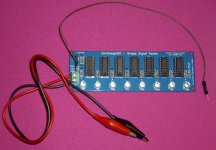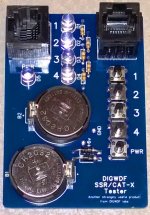ChristmasBuddy
New member
@Martin
Yeah I do that. Got a sponge right here. I could eat with my tip its so clean. Still solder just falls off of it.
Buddy
Yeah I do that. Got a sponge right here. I could eat with my tip its so clean. Still solder just falls off of it.
Buddy


